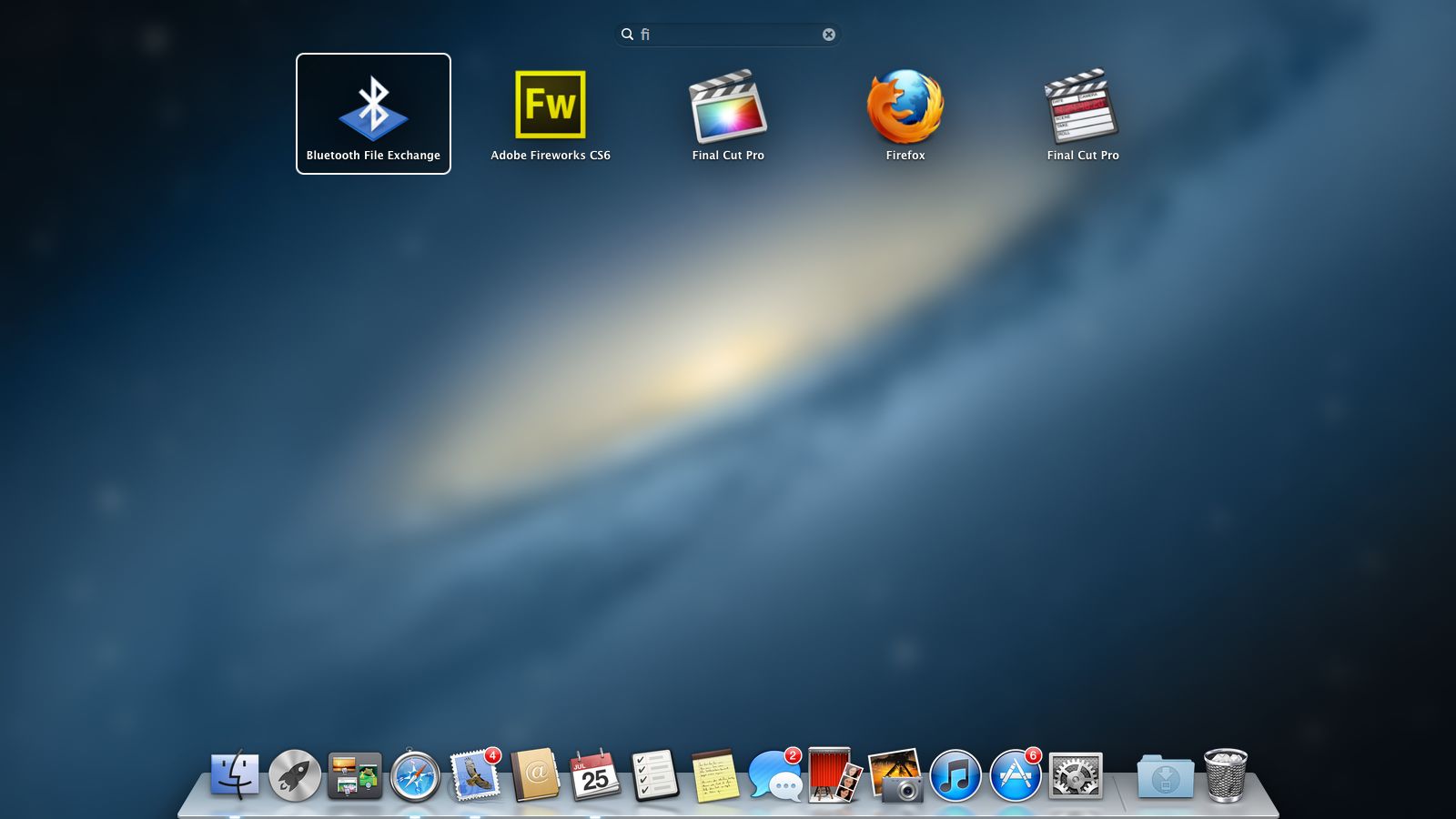TechRadar Verdict
Pros
- +
Notifications
- +
Low impact of Gatekeeper
- +
Share sheets
- +
Mission Control better
- +
AirPlay mirroring
Cons
- -
Awkward iCloud documents
- -
iMessages needs work
- -
Tab View too restricted
- -
No custom Finder groups
- -
Finder icons still mono
Why you can trust TechRadar
The ninth major version of OS X adds more than 200 new features. A few major additions stand out from the crowd, but there are many more small tweaks tucked in for good measure. Download it now from the Mac App Store.
For all the latest on Apple's even newer Mac OS, check out OS X 10.9 Mavericks release date, news and features.
Just like its predecessor, OS X Mountain Lion draws much inspiration from iOS, the operating system that powers the iPhone and the iPad.
The only place to get it is the Mac App Store. Unlike OS X 10.7 Lion, Apple won't be selling this version on a pricey USB flash drive, so you'll need access to a fairly good internet connection to download the installer.
Getting it is a cinch. Open the Mac App Store and you're sure to see Mountain Lion listed prominently on the front page, just a couple of clicks away from purchase. It installs right over the top of your current version. It's wise to make a complete backup of your system before you go ahead with the upgrade. If you do that with Time Machine, it's easy to roll back to your previous operating system if something goes wrong.
You can upgrade straight to Mountain Lion from Lion or Snow Leopard. If you're still running Snow Leopard, make sure it's updated to 10.6.8. You don't have to upgrade to Lion first; save some money and skip it entirely.
Some Macs that shipped with Leopard (10.5) are able to run Lion, too. You'll need at least 2GB of RAM installed, but the ride will be smoother with 4GB. Most Macs provide easy access to their memory sockets, so you can upgrade much less expensively by purchasing third-party RAM and fitting it yourself, instead of paying Apple to do it.
- Read our tutorial: How to install Mac memory
To get from Leopard to Mountain Lion, you'll first have to install Snow Leopard, because it's the earliest version of OS X with access to the Mac App Store. Snow Leopard is still available on DVD from the Apple Online Store for £26/$29.
The maximum cost of upgrading your OS is £40, but check that any applications you depend upon have no known issues with Mountain Lion. OS X no longer includes Rosetta, the technology that enabled PowerPC apps to run on Intel Macs. If you're upgrading from Leopard or Snow Leopard, you'll need to ensure that your applications have been rewritten to support Intel processors.
Mountain Lion abandons support for some old models, some of which aren't really very old at all. Apple lists compatible models by the time and year they were introduced. Check out our list of OS X Mountain Lion-compatible Macs.
It's easy to confirm your Mac's age in Lion. Click the Apple icon in the menu bar, choose About This Mac, then press More Info. The next window lists your model's era.
Older versions of OS X don't reveal the age of hardware so easily. Open System Profiler, copy your Mac's serial number from the Hardware Overview to the clipboard, then paste it into this form to find it out.
__________________________________________
